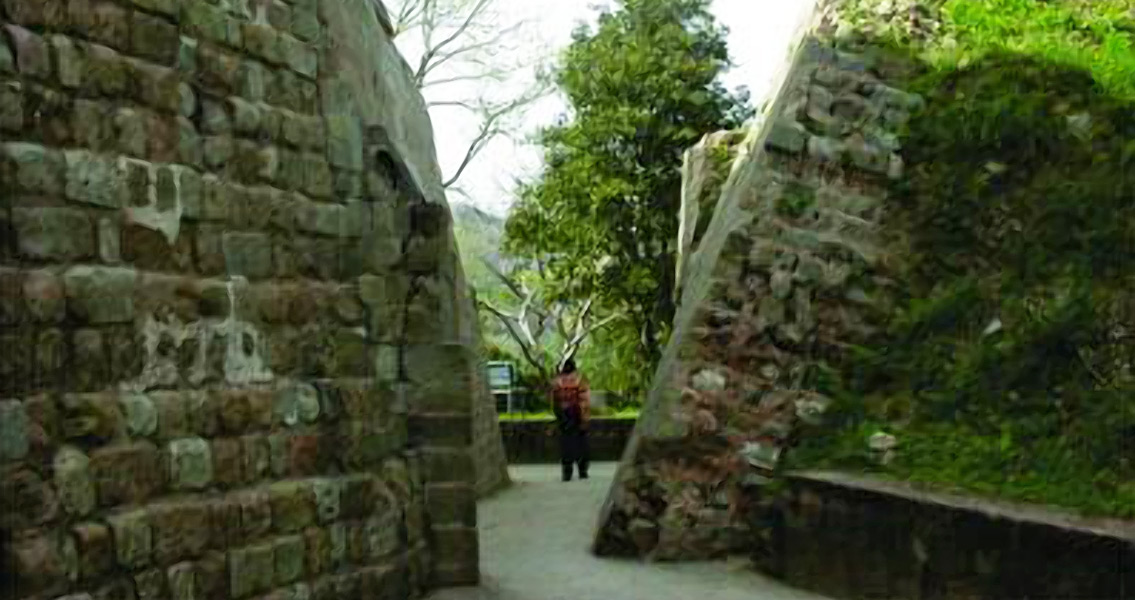<![CDATA[Damage caused by earthquakes to ancient temples in the Himalayas is being used by scientists to plug the holes in the seismic history of northwestern India. Whether it’s stone canopies slanted askew, steps cracked and crumbling, or pillars tilted at odd angles, the state of several temples in the region, dating to the seventh century CE, indicates that they’ve been roughed up in the past by seismic events. By examining large earthquakes that have occurred through history, scientists hope to develop better methods for predicting – and surviving – them in the future. According to a press release from the Seismological Society of America, a pair of researchers from the Wadia Institute of Himalayan Geology has released a report on how to read the signs earthquakes have left in their wake in the wood and stone of ancient temples in the Kashmir: a region of the northwestern Himalayas that’s considered by many scientists to be capable of producing earthquakes of at least 7.5 magnitude, a fact historical records bear out. V.C. Thakur and Mayank Joshi focused their studies in Himachal Pradesh, in the district of Chamba. Temples located in and around the towns of Bharmour and Chamba bear signs of damage from earthquakes, the researchers say. Their evidence puts the rupture zone of the Kashmir earthquake of 1555 – likely a magnitude 7.6 quake – extending around 200 kilometers from its believed epicenter in the Sringar Valley, something that Joshi said has serious implications for the region. It’s likely been at least 451 years since the segment of the Kashmir Himalaya between Chamba and Sringar has been struck by a major earthquake. This could be a potentially dangerous situation for the region, as Joshi stated that the seismic stresses building up in this section of the fault might be strong enough to create an earthquake around the strength of the earthquake that struck Kashmir in 2005 and killed at least 86,000 people. It proved difficult at first to discern what caused damage to the ancient temples, the researchers said. A sagging roof or a crumbling stairway could have been the result of earthquake damage – it could also have been the result of the ravages of time. However, there are consistent orientations and patterns to earthquake damage that allowed the pair to discern the difference between degradation caused by aging and damage originating from earthquake deformation. Damage types measured by the scientists included cracks in building stones, the amount of tilt in temple structures and pillars, and the direction of the inclination as well. After gathering this data, Thakur and Joshi then compared it to accounts of earthquake damage in the historical record to draw conclusions as to which earthquakes caused the damage. Joshi said that in the temples in the Chamba area, there were marker features that suggested the bodies of the temples had suffered deformation internally. Telltale signs included roofs showing displacement or tilting, while other temple structures such as pillars were inclined with respect to their original positions. Likewise, researchers found damage such as cracks in walls and stone floors warped upwards. The new study, published in the journal Seismological Research Letters, is available online here Image courtesy of Mayank Joshi]]>
Quake Damage to Ancient Temples Tracks Seismic History
